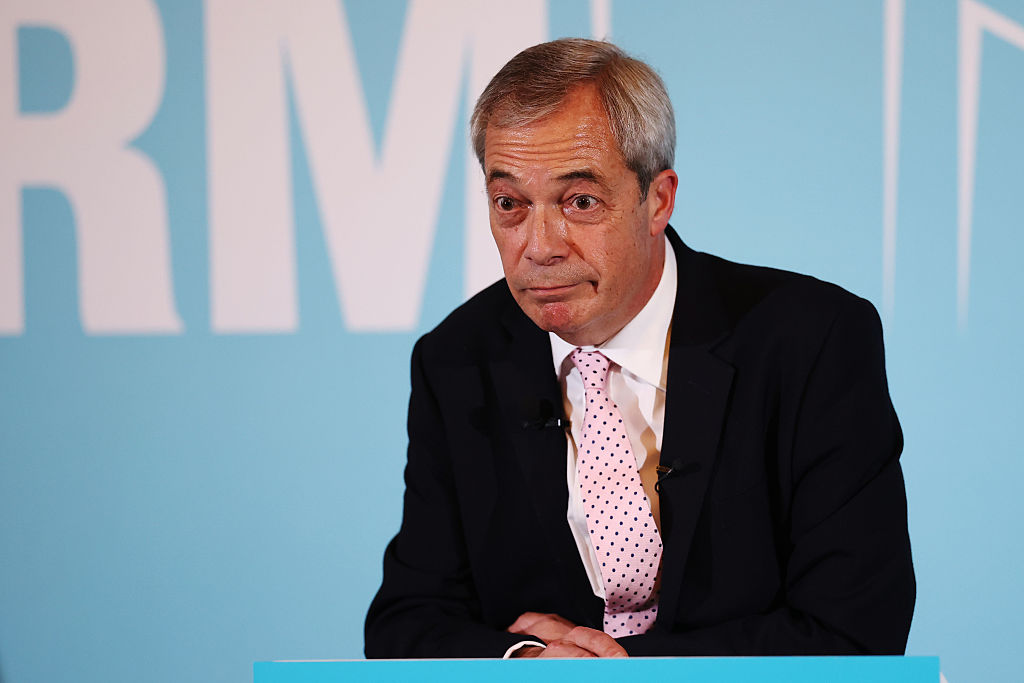
Ready meals: the after-work time-saver, the dinner-party cheat – or a poor imitation of proper, cooked food?
The proto-ready meal – an entire meal that can be cooked in its packaging, with little or no preparation – was invented in 1945 and called the Strato-Plate, but used only in aviation and military settings. The first mainstream ready meal was the TV dinner.
The story goes that in 1953, an American company, Swanson, who produced frozen, oven-ready poultry and pies, had 260 tons of turkey left over after lacklustre Thanksgiving sales. It was being held in railway cars, but the refrigeration for these only worked when the train moved, so Swanson ordered the train to run back and forth between the company’s Nebraska headquarters and the East Coast until a solution could be found.
Swanson’s sales executive Gerry Thomas, inspired by airline meals, came up with the idea of packaging cooked turkey, along with sides, in metal trays that the consumer could use for both heating and eating. In 1953, 5,000 units were sold; the following year they shifted ten million TV dinners.
With more women being employed outside the home, convenience was king. It took a little longer for ready meals to take off in the UK, principally because freezers were slower to become commonplace, but by the late 1960s we were making up for lost time. And once microwaves arrived, dinner was only six pricks and three minutes away.
In 1979, Marks & Spencer was the first to market a ready meal which was chilled rather than frozen – a chicken Kiev. Since then, the selling points of the ready meal have changed: from convenience to calorie counts and gastropub-style dine-in options, often available in deals with wine, sides and pudding. Market intelligence analysts Mintel have projected the UK ready meals market to reach more than £5 billion this year.
But ready meal makers seem to have set their sights even higher. Charlie Bigham’s supermarket oven-ready dishes are already aimed at the top end of the market. The eponymous Bigham has repeatedly insisted that his dishes are ‘prepared meals’, not ‘ready meals’, which may sound to you like a somewhat snobbish semantic difference. I couldn’t possibly comment.
The brand has now released a ‘brasserie range’, designed to appeal to the person who wants a restaurant experience but who doesn’t want to go to a restaurant. Presumably this is to distinguish their price point – sorry, quality – from the gastropub-style ready meals that most supermarkets sell. Among Bigham’s latest offerings are wild-caught venison from the Scottish Highlands, salmon wellington made from sashimi-grade fish, and duck confit. Prices start at £16.95, jumping to £29.95 for beef wellington.
Despite rising costs of living, Bigham told the Guardian last week that household budgets are not in fact as squeezed as many believe, that ‘we’re talking ourselves into everybody feeling poorer’. He may well feel that way: Bigham’s shareholders – who include Bigham himself – paid themselves a £2.3 million dividend for the year to August 2024. But are we ready for £30 ready meals? Or have their makers just jumped on the (turkey) gravy train?
Join Spectator writers on Thursday 30 October for drinks to celebrate the publication of Best of Notes on... To book tickets, go to club.spectator.co.uk/events







Comments